When it comes to selecting a tree for your landscape, the desert willow tree (Chilopsis linearis) is a fascinating option to consider. Native to the southwestern United States, including Texas, the desert willow tree offers unique characteristics and benefits.
In this article, we will explore the pros and cons of the desert willow tree, helping you make an informed decision about whether it is the right choice for your North Texas landscape.
Desert Willow Tree: A Good Choice for North Texas
The desert willow tree is indeed a wise choice for North Texas landscapes due to its adaptability and resilience in this region’s challenging climate. This tree can tolerate the intense heat, drought conditions, and occasional freezing temperatures commonly experienced in the area.
Its slender leaves and drooping branches provide a light shade, allowing for the growth of smaller plants beneath its canopy. Additionally, desert willow trees offer beautiful trumpet-shaped flowers that attract pollinators, making them a valuable addition to any garden or landscape that aims to support local biodiversity.
The Lady Bird Johnson Wildflower Center says (2013) you will note that its water needs are modest, and it would prefer not to be overwatered. It also requires sun, which we consider to be 6 or more hours of sun a day. It can survive all right with a little less sun but blooms better in full sun. It does need alkaline soil, such as the limestone-based desert soils in Texas, but should tolerate the soils in Plano. If you have clay soil (and you probably do) it would help if you added some sand or even decomposed granite to the fill dirt, to provide good drainage and make the soil more desert-like (para. 7).
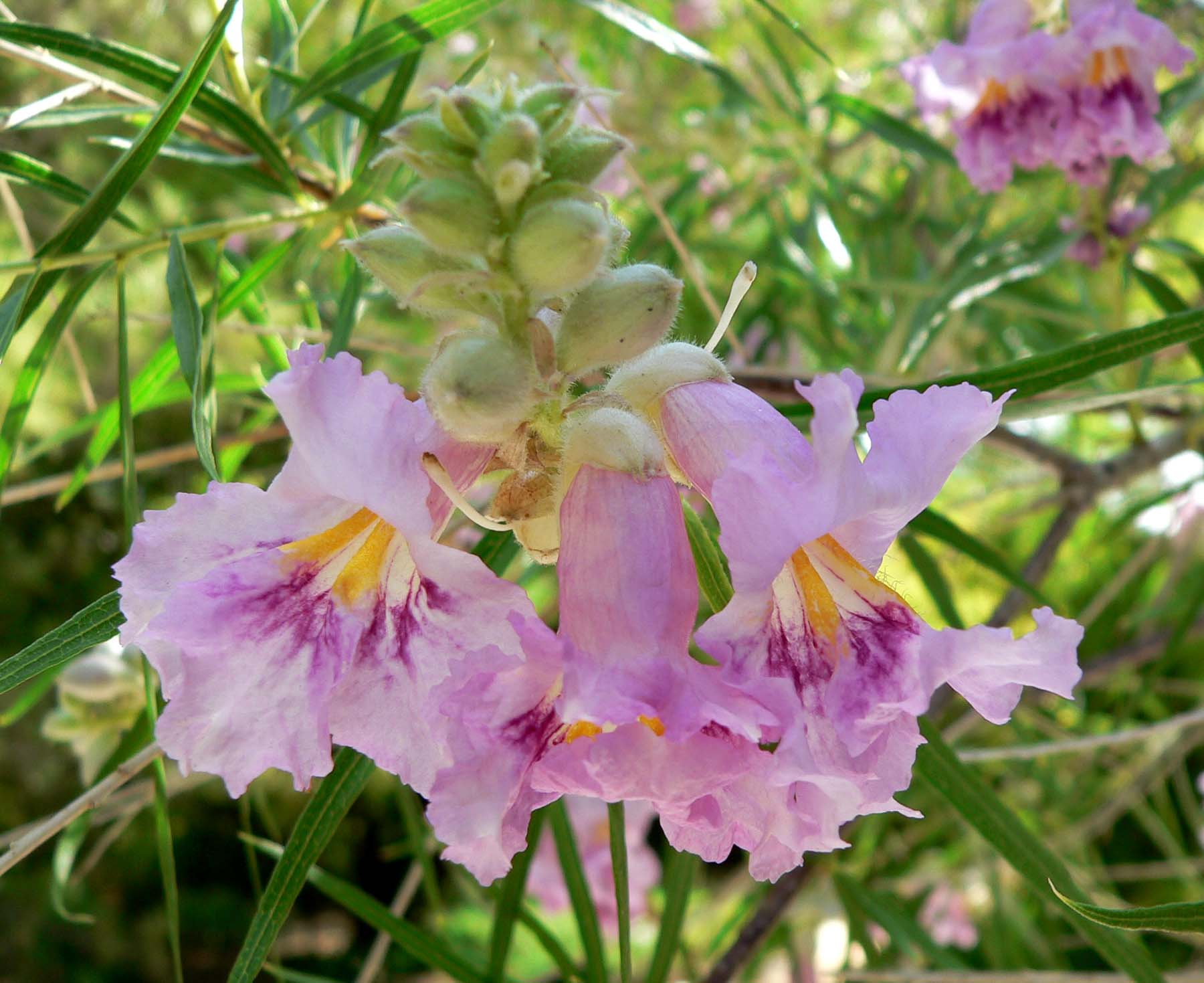
Pros of the Desert Willow Tree:
1. Drought Tolerance
One of the standout benefits of the desert willow tree is its exceptional drought tolerance. This tree is well adapted to arid and semi-arid regions, making it an ideal choice for water-conscious landscapes in North Texas. Once established, desert willow trees can thrive with minimal supplemental watering, reducing the demand for irrigation and lowering your water bill.
2. Ornamental Value
The desert willow tree boasts attractive flowers that add beauty and charm to any landscape. Typically blooming from late spring through summer, the trumpet-shaped flowers come in various shades of pink, lavender, and white, creating a vibrant display. These blossoms not only enhance the visual appeal of your yard but also attract hummingbirds, bees, and butterflies, adding a touch of wildlife to your garden.
3. Low-Maintenance Requirements
For homeowners seeking low-maintenance landscaping options, the desert willow tree fits the bill. Once established, this tree requires minimal care and attention. It has excellent disease resistance and is relatively pest-free, reducing the need for frequent maintenance and chemical treatments. Keep in mind that regular tree pruning or trimming may still be necessary to maintain its shape and remove any dead or damaged branches.
Cain (n.d.) tells us Other than an occasional watering in drought conditions, the only other care needed is a careful pruning from time to time, if you are interested in having a single trunk tree. Some trees will develop a single trunk on their own, but others may develop into a more bushy form with several stems. Either form will give your yard esthetic appeal (para. 8).
We can help with pruning services. Go to our tree and shrub trimming service page for details.
4. Wildlife Habitat
The desert willow tree provides more than just beauty to your landscape; it also offers a habitat for various species of wildlife. Birds, in particular, are attracted to the tree’s flowers and may build nests among its branches. The tree’s seed pods also provide a food source for small mammals, making the desert willow tree a valuable part of the local ecosystem.
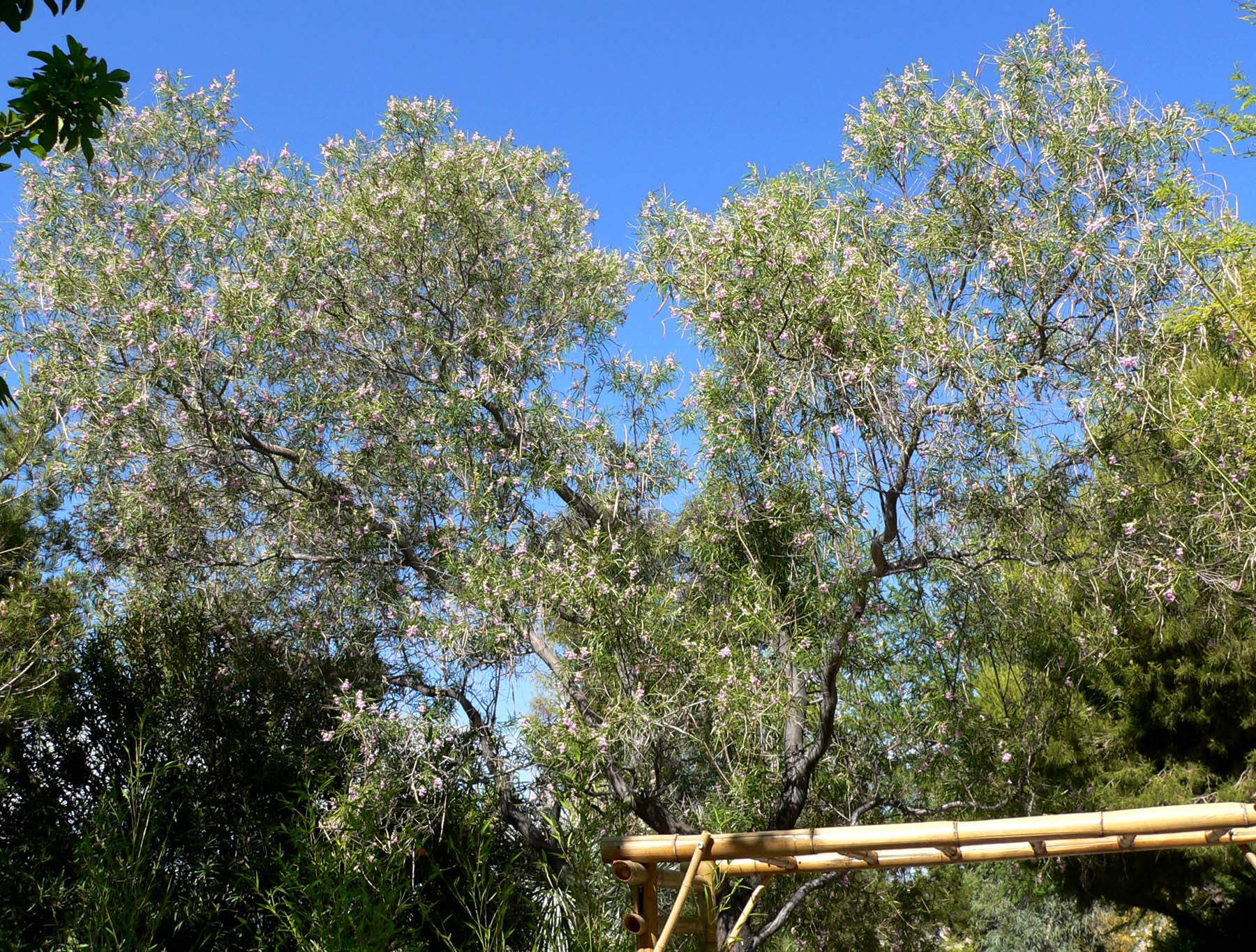
Cons of the Desert Willow Tree:
1. Moderate Growth Rate
While the desert willow tree is known for its beauty and resilience, it should be noted that its growth rate is relatively moderate. It may take a few years for the tree to reach its maximum height. If you are looking for a fast-growing tree to provide immediate shade or privacy, you may need to consider other tree varieties.
2. Seed Pods and Litter
As with many flowering trees, the desert willow tree produces seed pods after its blossoms fade. These seed pods can be somewhat messy and may require regular clean-up. However, this minor inconvenience is generally outweighed by the tree’s overall benefits.
If you decide you can handle to seed pods, read one of our other articles, “How to Plant a Tree,” before purchasing your tree.
We also offer a seasonal planting service to further help beautify your landscape.
Conclusion
With its ability to withstand North Texas’ challenging climate, stunning flowers, and low-maintenance requirements, the desert willow tree is an excellent choice for homeowners in the region.
Whether you are seeking drought-tolerant landscaping options, enhanced wildlife habitat, or ornamental value, the desert willow tree has much to offer.
Consider the pros and cons outlined in this article, and consult an arborist or local nursery to determine if the desert willow tree is the perfect addition to your North Texas landscape.
References
Cain, Delmar. (n.d.). Desert willow-a cool plant for a hot spot. Native Plant Society of Texas. https://www.npsot.org/posts/desert-willow-a-cool-plant-for-a-hot-spot/
Lady Bird Johnson Wildflower Center. (2013, March 3). Ask mr. smarty pants. Lady Bird Johnson Wildflower Center. https://www.wildflower.org/expert/show.php?id=9057
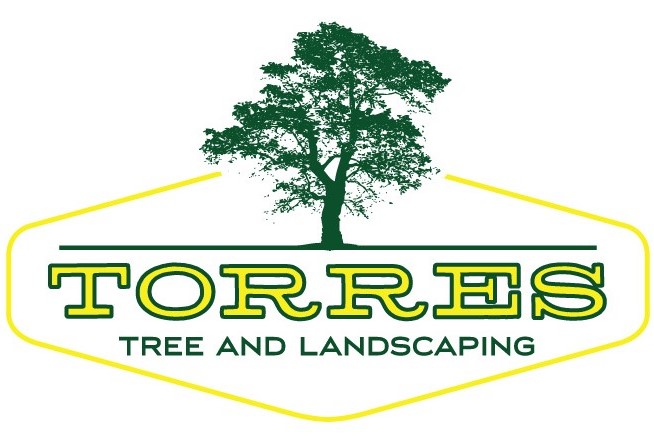
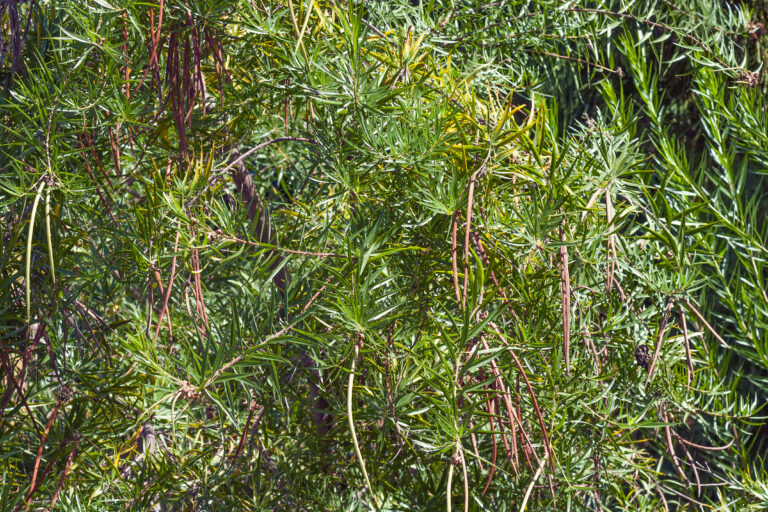
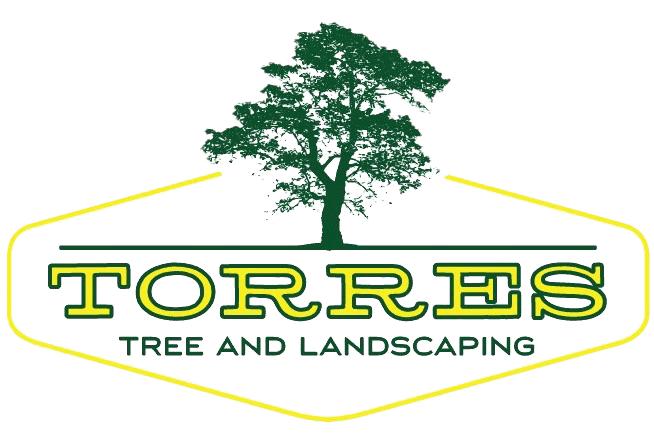
4 Responses
I am from. India and would like to plant Desert Willow trees on my farm .we have porous gravelly soil . Please advice if these trees can be grown through seeds and most important is where do I get the seeds. Thanks very much in advance…
Desert Willow absolutely can be grown from seeds. I live in Las Vegas Nevada and they come up all over from windblown seeds. They are a light fluffy Airborne seed and do not need to be buried deep to start if carried by the wind. They grow rapidly . You can reach out to any Garden Club in the Southwest United States who will probably share seeds. There are also seed Exchange groups in the United States also. You would want to look for the desert Southwest organizations and groups. Many can be found online Facebook Instagram Etc. They come in a white a pale pink but personally I think the darkest pink is most attractive.
In the past year my Dessert Willow is losing branches (3-4 inches in diameter) it’s not wind or anything like that. They’re just breaking off. Is this normal? I’m really confused.
How well do these trees (Desert Willow) hold up in dust storms?